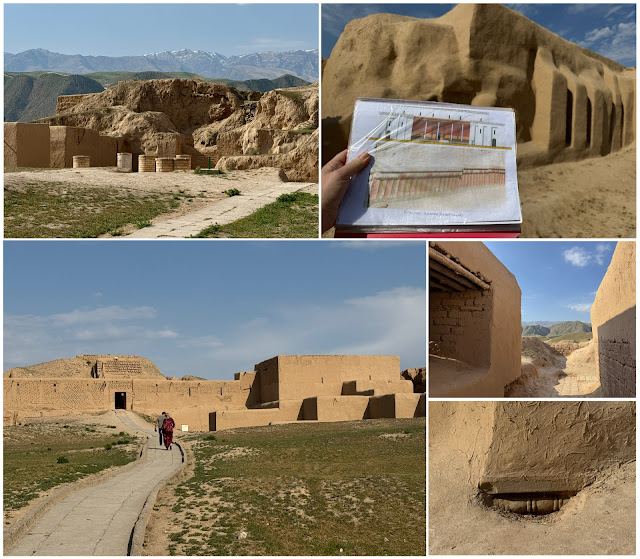Happy Holidays!
Another year flew by, but the good thing about being guided by mantras like “live every day to the fullest” and “you only live once,” combined with my “fear of missing out,” is they drive me to action.
I'm still working at the NoHo Business Improvement District and enjoying the daily surprises I encounter on the streets there (pop ups, experiential retail experiences, fashion, and many forms of artistic expression), as well as, the satisfied feeling of daily civic action that helps NYC flourish. I'm the Secretary of the NYC BID Association and helm the Mentoring Committee, so I get to help others connect so we all can all do even better to serve our neighborhoods.
I also am still living in Jackson Heights, Queens, possibly the most diverse area in the world. The cultural vibrance there is perfect for a world traveler like me. I don’t need a plane ride. Instead, I can just walk a block or two to see whichever religious or cultural festival is happening. There are always new foods to try, traditional dress to appreciate, holidays to celebrate, parades to cheer on different ethnic groups, and over 165 languages to overhear in my zip code alone!
As for travel, I rang in the New Year in Biggar, Scotland with the sound of bagpipes, a GIANT bonfire and the tastes of fresh haggis from the local butcher shop. In March, I headed off to explore the Silk Road with a stop in Istanbul along the way. Uzbekistan and Turkmenistan were beautiful and so different. I enjoyed thinking about the vast amount of history and cultural transfer that has happened there. I came back just in time to fly to Las Vegas for a family reunion of my stepfather’s family, which was a chance to learn much more about the many legs of their Jewish diaspora around the world. I spent another summer week in Cape May with my sister’s family. And went to the International Downtown Association Annual Conference in Washington, DC. Not a new place for me, but it was fun to look at things through a new urban planning lens and reminisce about my years of living down there.
Another highlight was my second year as a balloon handler in the Macy’s Thanksgiving Parade. This year I was with Gabby’s Dollhouse, which I hadn’t heard of, but little kids on the route certainly had and lit up as we passed on the clear, beautiful fall day.
As a political person, this year has been very hard to watch. I have tried to protest what I can and have doubled down on local New York civic engagement where I can. I’m hoping our new NY Mayor can get things done and provide a different example for the way things can be done.
Wishing everyone a happy holiday and a new year filled with bright new opportunities!



































